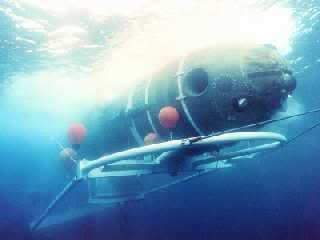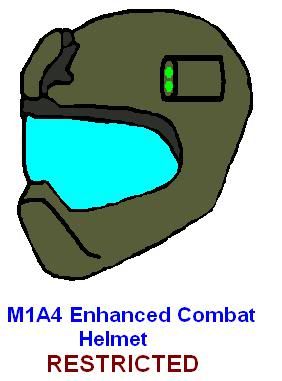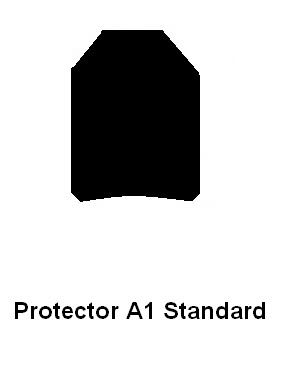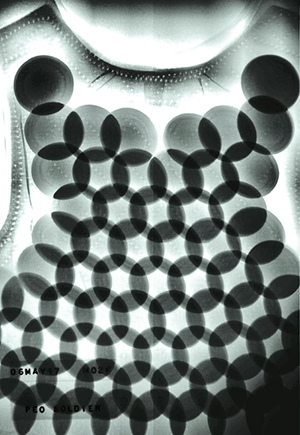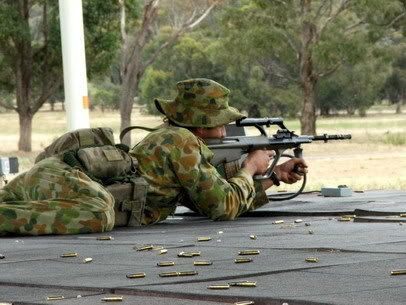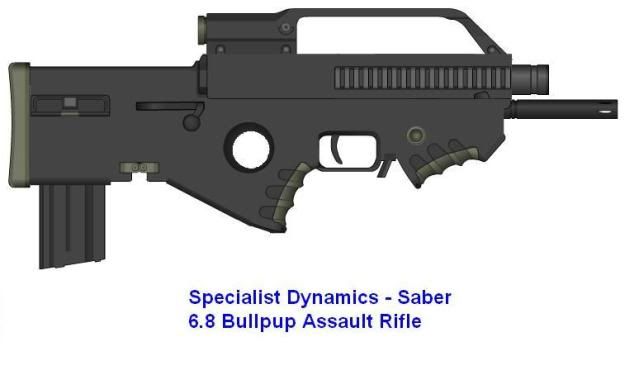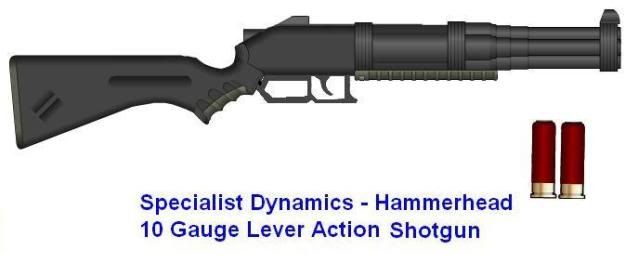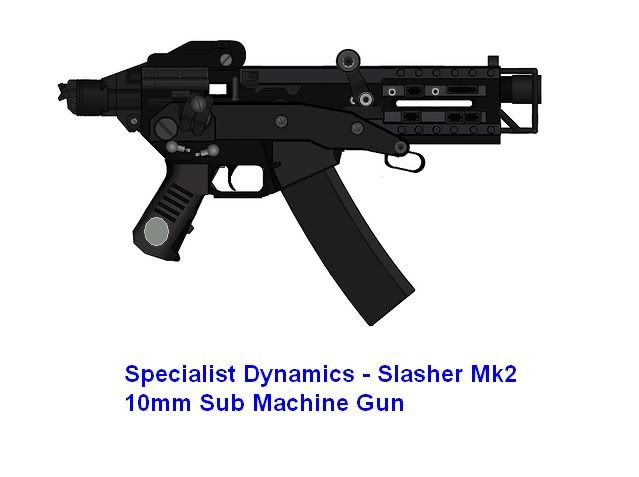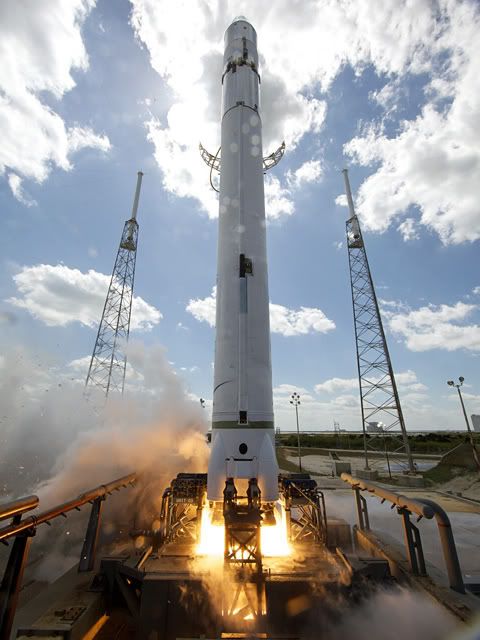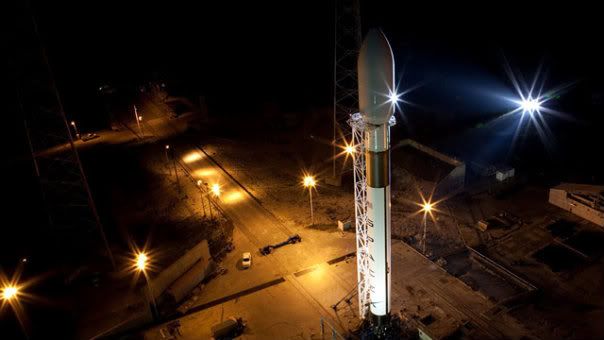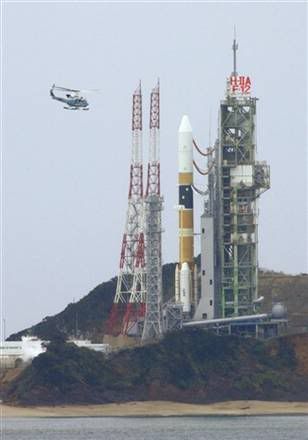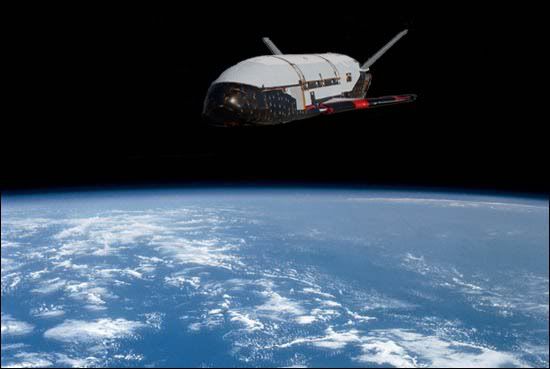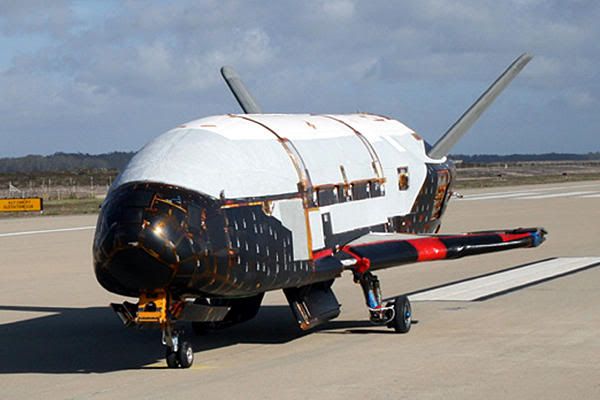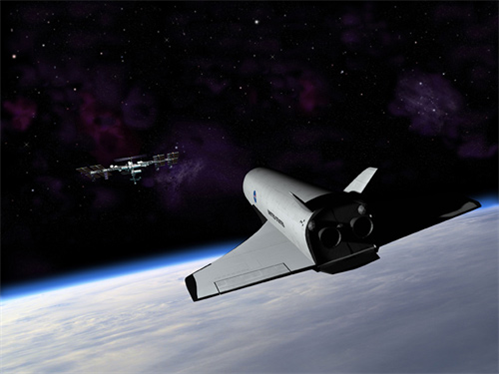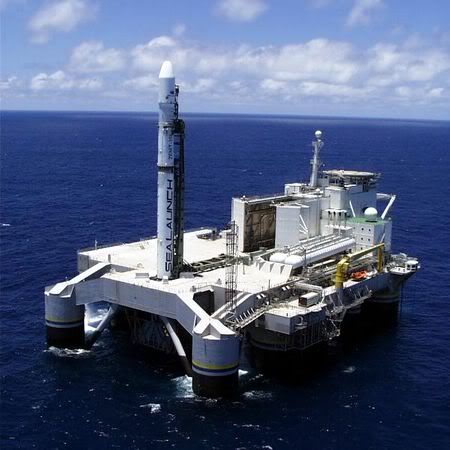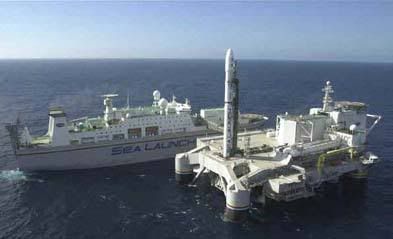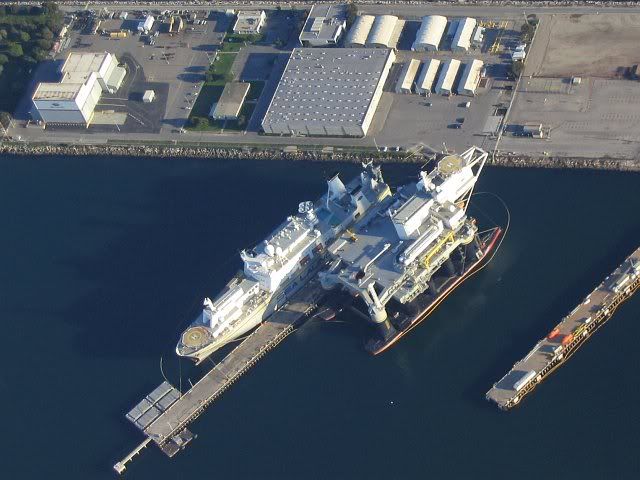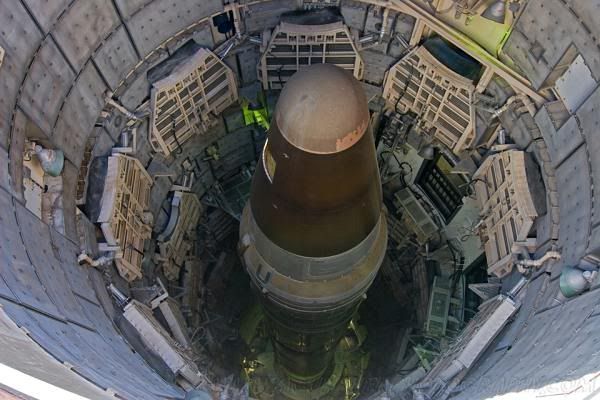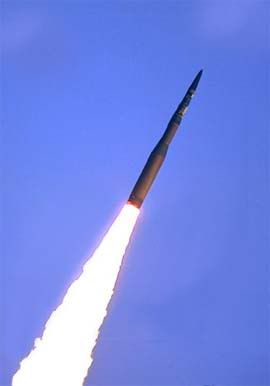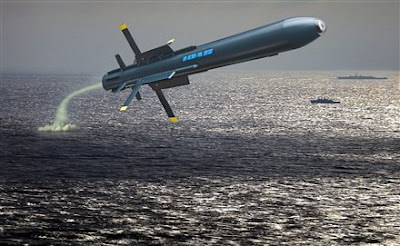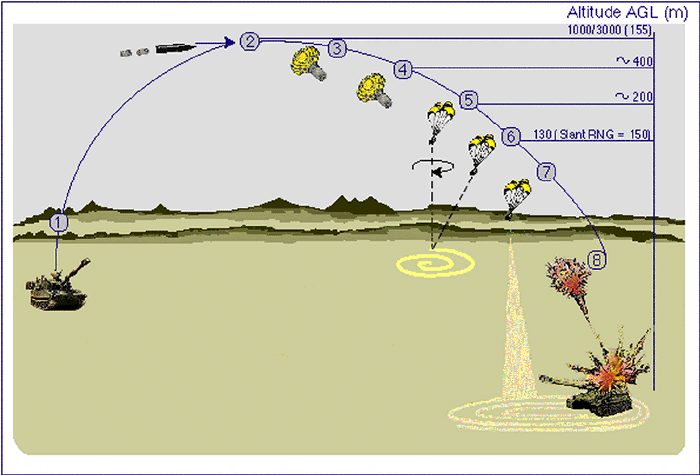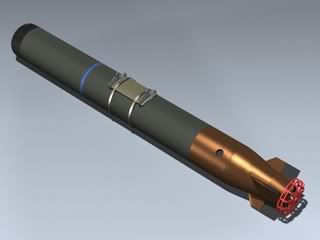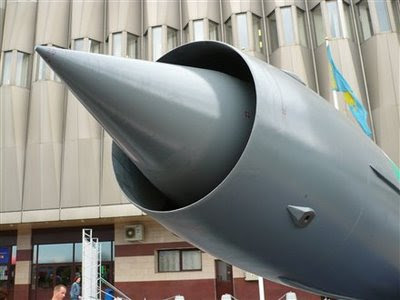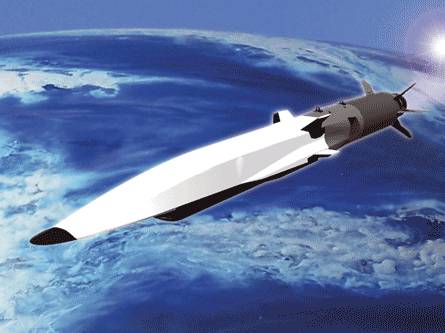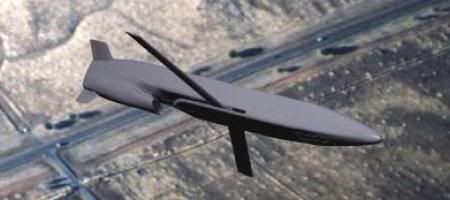About Us:
Terra Nova RDI is the latest joint effort of the Terra Novinan region to present their finest to the international market.
Terra Nova RDI is a joint project between the Holy Roman Confederate, United NW Canada, Paddy O'Fernature and New Hayesalia, which has been formed from the combined arms dealerships of those four nations.
Only the finest material and equipment are used in the manufacturing and construction of our products. All products are also tested in house withing the founding nations to ensure proper product quality and control thus ensuring that you, the customer, receive only the finest products available anywhere on the international market today.
This company has been founded on the principle of "Case by case basis with ease" and as such every order is seen as unique and treated promptly.
This is our promise.
TN RDI Equipment In Action:
Prop driven S-9's equipped with magnetic anomaly detectors across the nation flew low over the white capped surface of the cold water and systematically dropped ASW buoys in strategic and overlapping locations forming a electronic detection barrier. Meanwhile, every Vortex ASW Monitoring Vessel currently not deployed abroad was ordered to put to sea and commence localized monitoring along key hot zones (Ports and the new designated shipping lane) along the coast.
The NHS Prince is a Chamorro Class Force Deployment Submarine. Chamorro was made for a purpose. Launching troops- 300 at a time. However, now it would only send it twenty members of the Navy’s Special Operations Group. A light infantry marine force it would be the job of four members to get information from a double agent from the enemies ranks. This information was going to be used to get the VIPs out of that jail.
The Zodiac RHIBs that were launched only inflated on the surface. The marines had weapons drawn, Hardline Bullpup Assault rifles, Accuracy International Snipers, Ripper Mk 2s and Stubbed Bullpup LMGs. They also packed a few Assailant LAWs.
They were expected to break into Polomosian waters within a day or so, with a Sea Lion Littoral Carrier north of Piltomana providing the F-111 Evolved support. The F-111 was an old friend to the New Hayesalian, brought back after years of disuse but upgraded. This meant some of the most experienced military pilots in the world would be flying in this particular mission. They’d fly in deadly low, using terrain following radar, and use 100lbs bombs and HESH 30mm cannons to destroy their first targets. They’d be close to the ground, but they would be safe enough. Flying under radar was something F-111 pilots loved.
We Reserve The Right:
* To deny/refuse service to anyone for any reason
* To have sole control over DPR for any custom orders developed by our company
* To stop development or manufacturing if the risk becomes too great to personal or property
* To sell our products to anyone, anywhere under the international free trade agreement
* To perform a background check to make sure customers can afford their order
* To request that the customer calculate the cost of any orders with more than 30 different products.
Discounts:
You must request a discout or you won't get one!
25% off Terra Nova nations (w/out standing DPR)
25% off Tenter Union Nations (w/out standing DPR)
10% off new nations (3 months or less)
5% off good RPer nations (decided on a case-by-case basis)
15% off "I Do My Own Maths!" discount. (For nations ordering more than 6 items who do their own maths in their order.)
Discounts may not be combined.
How To Order:
Here at Terra Nova RDI, we strive to make the order process easy on you. However, be that as it may, there is a certain amount of information that is required to complete a proper request.
We respectfully ask that all orders be IN CHARACTER and that customers refrain from one line post spamming orders. A polite reminder will be issued at first, however don't be surprised if service is refused because of your inability to follow this simple request.
Current Blacklist:
Anemos Major
Korean Pheonix
Authorized Dealers:
Paddy O Fernature
New Hayesalia
United NW Canada
Wainscoting
Rustika
Current Product Catalog:
Land Solutions
Click the above link if you are looking for solutions to your vehicular land based needs, such as main battle tanks or infantry fighting vehicles.
Maritime Solutions
Click the above link if you are looking for solutions to your navel needs, such as fighting ships or submarines.
Aerospace Solutions
Click the above link if you are looking for solutions to your aviation needs, such as air superiority fighters or long range bombers.
Space Solutions
Click the above link if you are looking for solutions to your space based needs, such as communications or intelligence gathering satellites.
Munition Solutions
Click the above link if you are looking for solutions to your ammunition needs, such as specialist munitions or standard production.
Soldier Solutions
Click the above link if you are looking for solutions to your man portable needs, such as body armor or hand held weapon systems.
OOC: When purchased, you may use TN RDI equipment in RP's. Do as you want. However, do not abuse the products. All designs were made using current and researched technology, and have been written by a mix of one Lockheed Martin engineers, one US Army mechanised Sergeant, and one Australian Air Force Cadet holding the rank of Leading Cadet. IF YOU HAVE A PROBLEM WITH TN RDI, YOU CAN TELEGRAM ANY OF THE MERCHANTS. Please don't simply rip on a storefront in the MMW threads and leave it's owners out in the land over yonder.
WERE YOU LOOKING FOR TERRA NOVA REGIONAL DEFENCE SERVICES? SEE BELOW!











































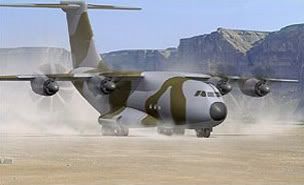










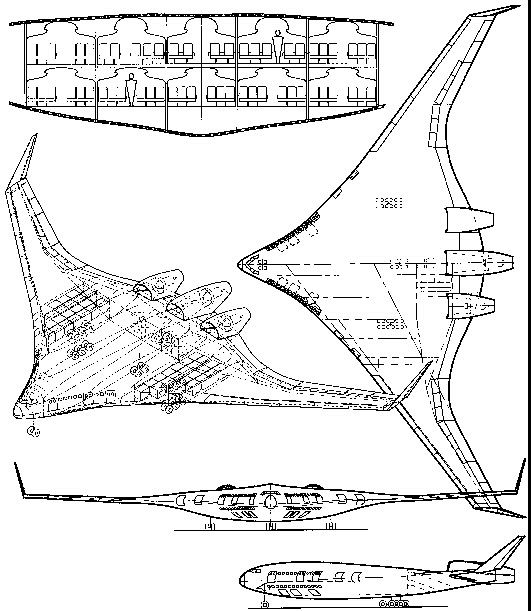



































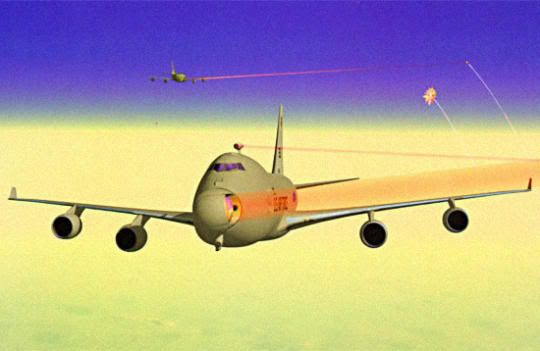
















































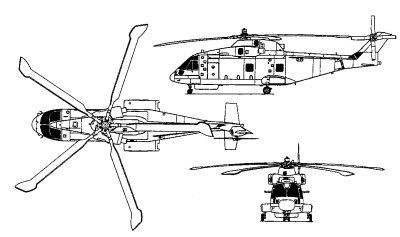

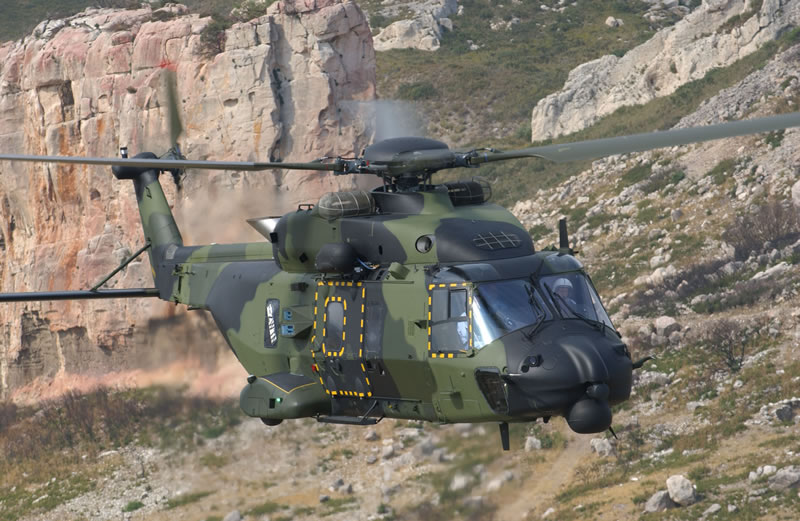





















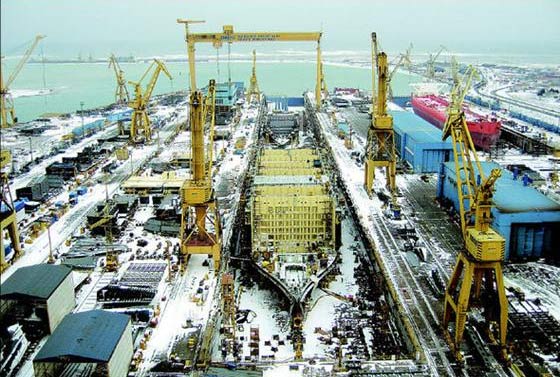



































 [URL]
[URL]









































